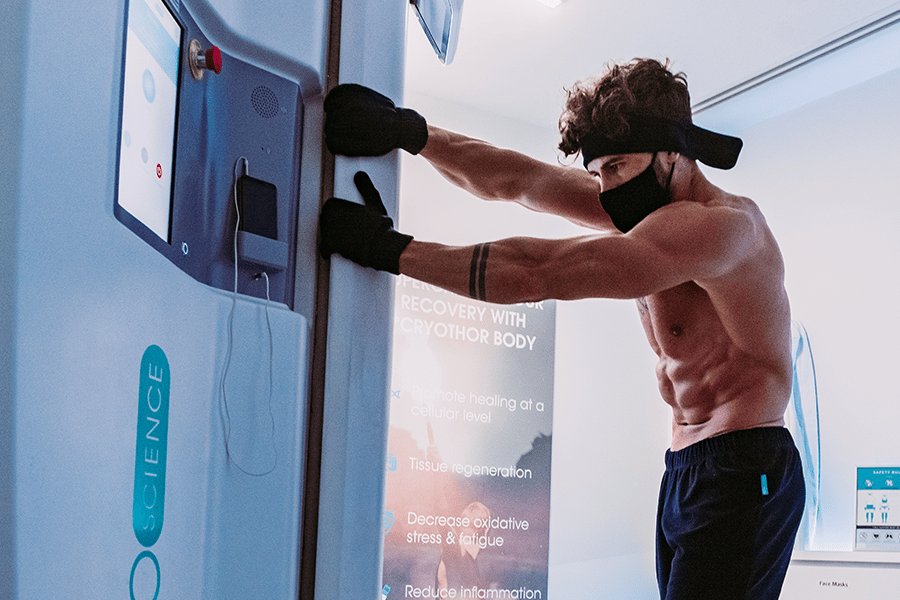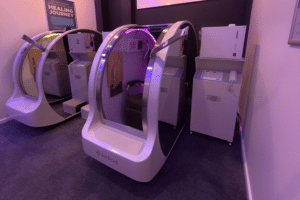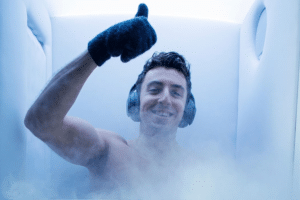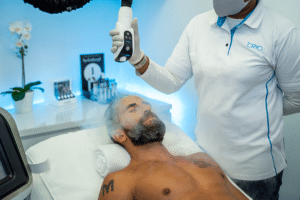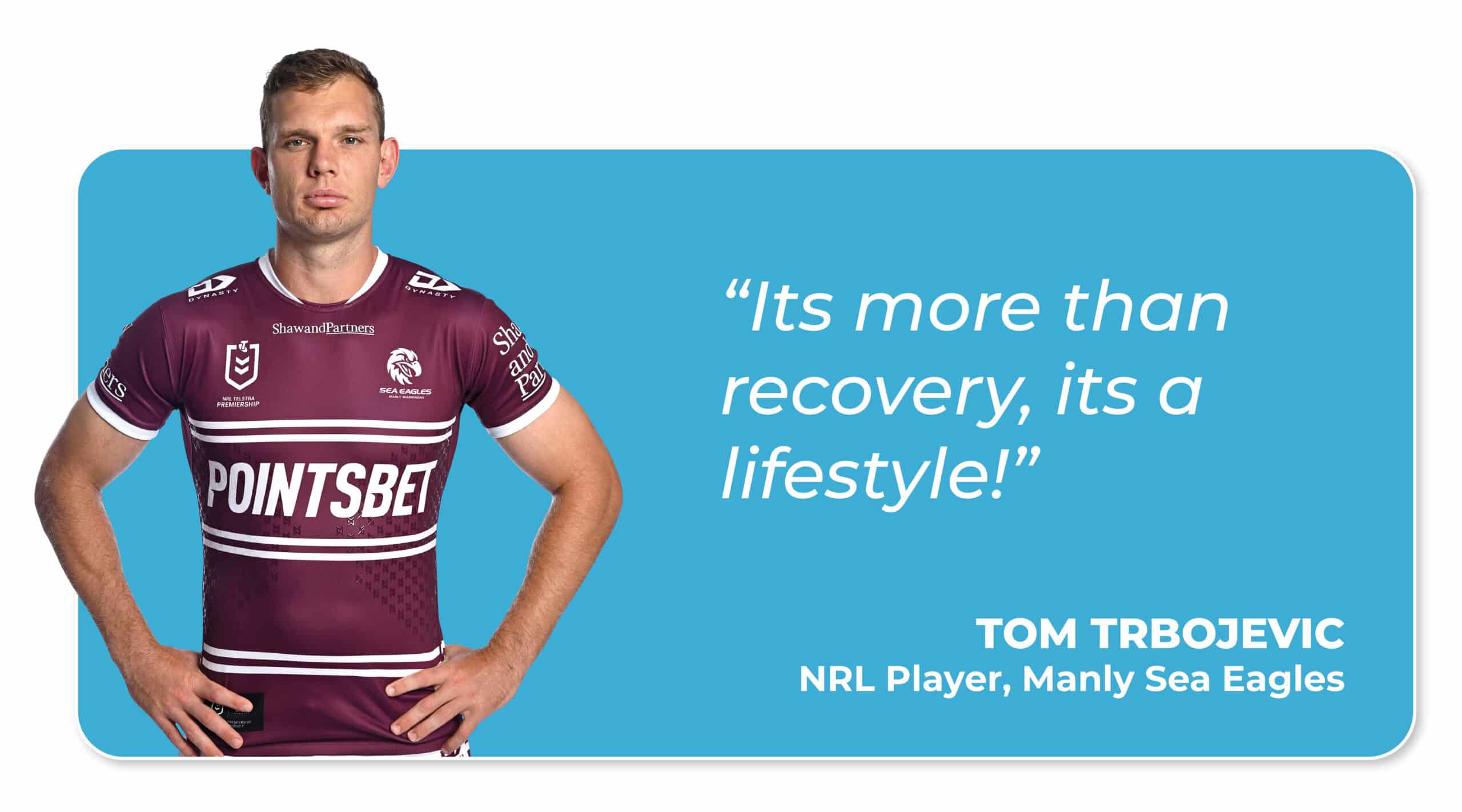Are you looking for a way to rehabilitate and recover from injuries, reduce pain, and reduce inflammation? Then you’ve probably heard of ice baths and whole body cryotherapy. But which one is the better option?
Whole body cryotherapy has become increasingly popular recently, with celebrities and professional athletes endorsing the practice (Lebron James, Floyd Mayweather Jr, and Lindsay Lohan being some of the most famous). So what are the differences between whole body cryotherapy and ice baths? Which one is more effective?
We’ll take a look at the main differences between the two treatments, as well as their respective pros and cons, so you can make an informed decision about which one is right for you.
The Main Difference: Temperature
The first key difference between whole body cryotherapy and ice baths is the temperature. During an ice bath, soft tissue and muscle located deep in the body can begin to freeze and lose their capacity after 20 minutes.
Cryotherapy, however, is different. It uses dry cryogenically cooled air to reduce the skin’s temperature, but it doesn’t actually freeze the muscle tissue – instead it’s just the perception of freezing by the body’s nervous system. And while an ice bath may take 30 minutes or more to achieve the desired effects, cryotherapy can do the same in just three minutes.
Plus, after a cryotherapy session, you can return to activity the same day with more energy and ability than before the treatment. Cryotherapy temperatures reach down as low as -140°C, while an ice bath doesn’t usually get below 5°C unless you sit in it for around 30 minutes.
Physiological Effects
The body’s reaction to the ultra-cool temperatures during cryotherapy is different from what happens during an ice bath. When submerged in an ice bath, the body must expend a lot of energy to try and return the blood in the body’s core to a normal temperature. This can lead to muscle congealing and freezing, and in extreme cases, hypothermia and death.
During cryotherapy, the body’s thermo-receptors sense the cold environment and the brain sends out a signal telling the body to constrict the blood vessels, taking the oxygen and nutrients to the vital organs in the core of the body. After the three-minute session, the individual leaves the cryotherapy chamber and the body is immediately returned to a normal temperature. The brain then sends a message to return the highly-oxygenated, nutrient-rich blood back to the peripheral systems, supplying the body with all the good stuff it needs.
The Impact on Skin
The last difference between ice baths and cryotherapy is the impact on the skin. During an ice bath, oxygen supply to the skin’s surface is halted, which can lead to skin damage and even skin disease if the procedure is repeated.
Cryotherapy, on the other hand, has the opposite effect. Collagen production (an important protein for skin, hair, and nails) is accelerated during treatment, which can improve skin, hair, and nails health significantly.
Making an Informed Decision
If you’re looking for an effective way to reduce pain and inflammation, then both ice baths and cryotherapy can have benefits. However, taking into account the differences between the two treatments, it’s clear that cryotherapy is the better option for both its shorter treatment time and the positive physiological and skin effects it has.
So, if you’re looking for a safe and effective way to reduce pain and inflammation, then why not give cryotherapy a try? Make sure you choose a reputable cryotherapy provider like °CRYO Stay Young for the best results.

